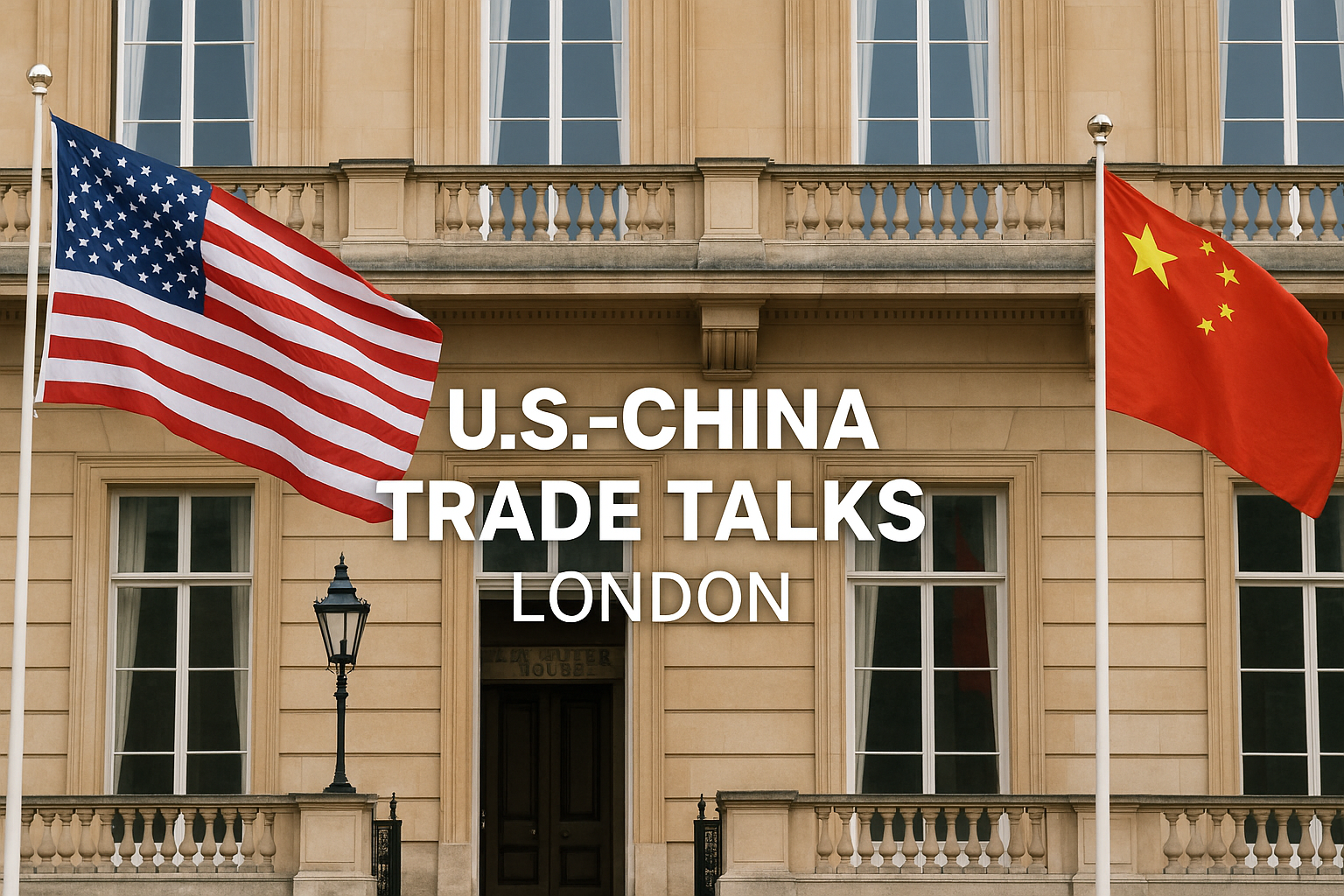

Last week, high-stakes trade negotiations between the United States and China reconvened in London, marking the second day of talks on June 10 at Lancaster House. After months of escalating tensions and retaliatory trade barriers, negotiators have emerged with what they called a 'framework agreement', a non-binding but symbolic structure meant to uphold the 90-day tariff truce struck in Geneva in May.

While the framework itself lacks legal enforceability, it does offer a potential de-escalation route in a trade war that has shaken supply chains across critical sectors, including aluminium, electronics, defence, and electric vehicles. Chinese Vice Premier He Lifeng and US Commerce Secretary Howard Lutnick confirmed the broad contours of the deal, suggesting that while headline tariffs remain largely intact, some functional concessions have been made to ease the standoff.
By day’s end, negotiators described progress in the form of a broadly outlined framework — symbolic yet significant. US Commerce Secretary Howard Lutnick announced that the framework “should resolve” curbs on rare-earth exports, a move he said added much-needed “meat on the bones” to the Geneva accord. Meanwhile, Chinese Vice Premier He Lifeng portrayed discussions as “candid and in-depth,” underscoring mutual interest in sustained cooperation.
On June 11, President Donald Trump took to social media shortly after the talks, claiming that “the deal is done” and that the US would be receiving “full magnets, rare earths upfront,” framing it as a victory for American manufacturers. Chinese state media, while more subdued, echoed a similar tone of cautious optimism, noting that “China keeps its word” and that the rare-earth decision was taken in the spirit of “mutual economic resilience.”
The US has agreed to facilitate Chinese student visas and maintain a combined tariff package totalling 55 per cent on Chinese imports, with China matching at 10 per cent on US goods. The breakdown includes a 10 per cent reciprocal tariff, 20 per cent tied to fentanyl-related measures, and 25 per cent from earlier Section 301 tariffs.
Responses








